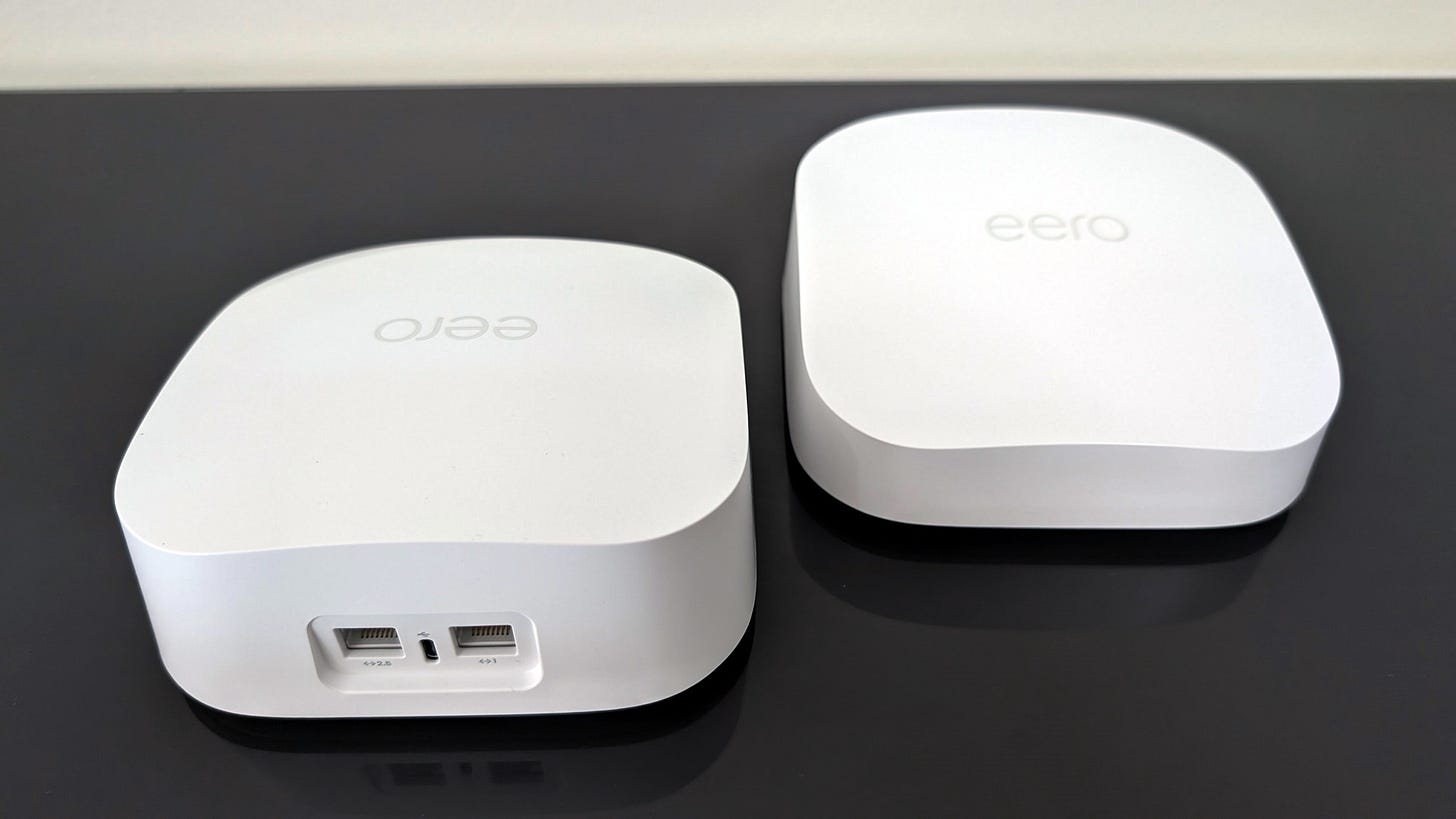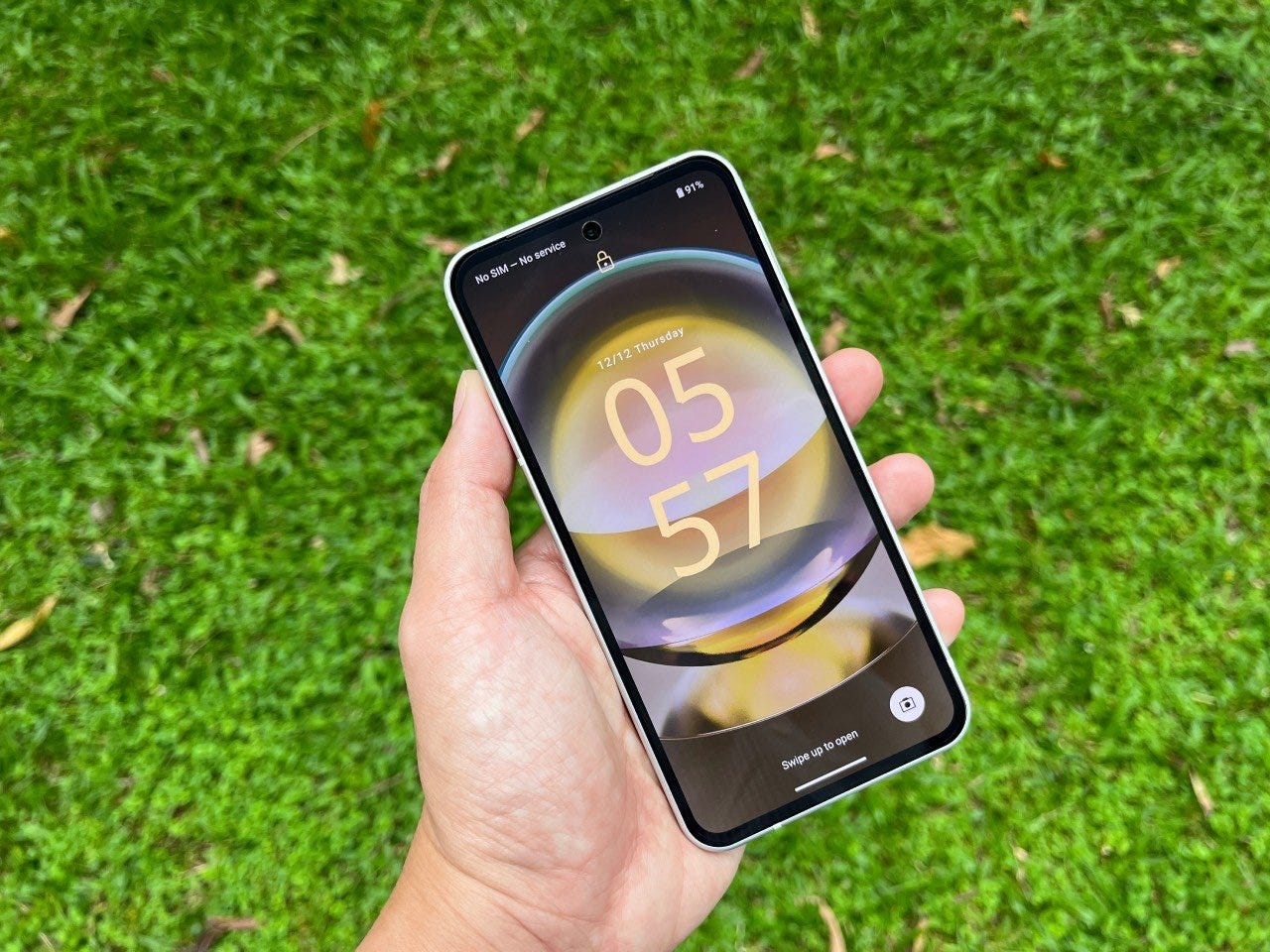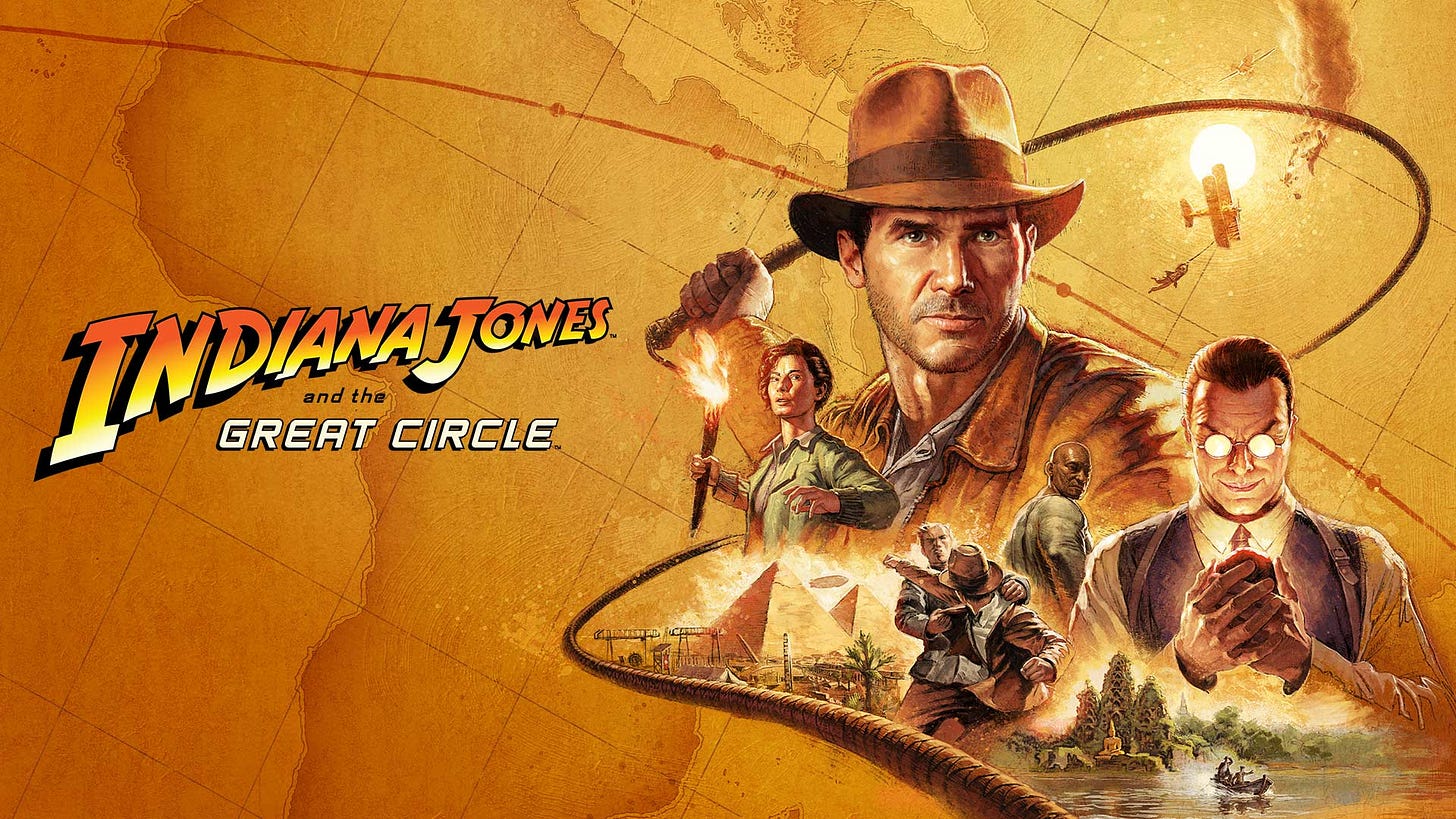Remember Google Glass? These wearable smart glasses caught my imagination when they debuted over a decade over. But whether due to their geeky appearance, clunky controls, or privacy concerns, Google Glass was a flop. Google is giving it a second go, though. At its Google I/O developer conference earlier this year, the company revealed Project Astra, which would integrate multimodal AI (Google Gemini) into phones and prototype glasses.
With last week’s Android XR announcement, which is basically Android for augmented reality (AR) and virtual reality (VR), the groundwork has now been laid for Google Glass 2.0. Google CEO Sundar Pichai previously said that the company was targeting a 2025 launch for Project Astra. We may even have smart glasses from multiple vendors. But we’ll probably see the Project Moohan mixed reality headset before that.
Based on the Android XR platform, Project Moohan is Google/Samsung’s answer to the Apple Vision Pro. It offers familiar AR/VR experiences, such as watching YouTube and Google TV in an immersive virtual setting. Or multi-tasking in a virtual office with multiple virtual PC desktops. Or watching 3-D versions of your videos in Google Photos. Basically, stuff that you could do with existing headsets like the Apple Vision Pro or the Meta Quest 3.
Personally, I’m not enthused about these type of headsets. Sure, they can be great for gaming, but I’d rather watch movies on a big-screen with a good surround sound system. And I doubt manufacturers have solved the issues of fatigue from wearing the headset, and the battery life limitations.
On the other hand, a Google Glass 2.0 that brings together all the advances that we have made in a decade, such as a multimodal AI assistant that can understand natural language and the context, remember your conversations, do live translations, and more? I can get behind that. For starters, it would seem like a perfect companion when travelling to a new, foreign country where English is not widely used. That being said, recent attempts at creating AI-powered wearables have flopped. Hopefully, Google will not repeat the mistakes that it made with the first Google Glass.
This week, we saw the Singapore debut of eero, one of the pioneers in mesh routers, tried a mid-range smartphone from Sharp that’s built to withstand a few knocks, and played as Indiana Jones in a new video game that captures the spirit of the movie series.
Mesh router pioneer eero finally arrives in Singapore with two models, including the eero Pro 6E. This Wi-Fi 6E router is really easy to set up, and manage, thanks to a simplified and responsive user interface. Performance is good for what you get, though the price isn’t as competitive as other brands. Ideal for those who hardly ever fiddles with the Wi-Fi settings.
A mid-range phone with a solid, robust chassis that is IP68 rated for dust and water resistance, the Sharp Aquos Sense9 can survive being dropped, immersed in water, and even be frozen to as low as -33 degrees Celsius. Battery life is also impressive — it lasts almost two full days on a single charge. A good option for someone who wants a sturdy, lightweight smartphone that doesn’t cost a fortune.
Looking for a good adventure game to while away this coming weekend? Why not give the new Indiana Jones game a go? Taking place right after Raiders of the Lost Ark movie, and before the Last Crusade, the Great Circle feels like an Indiana Jones movie, thanks to a strong voice cast, and excellent cutscenes. The actual gameplay is fun, too, with plenty of puzzles as well as fistfights with Nazis.







